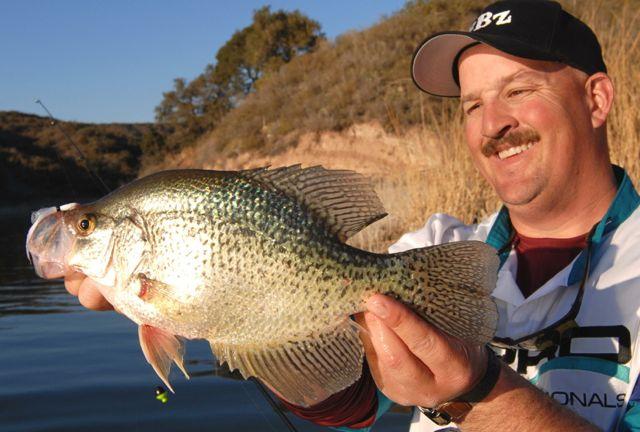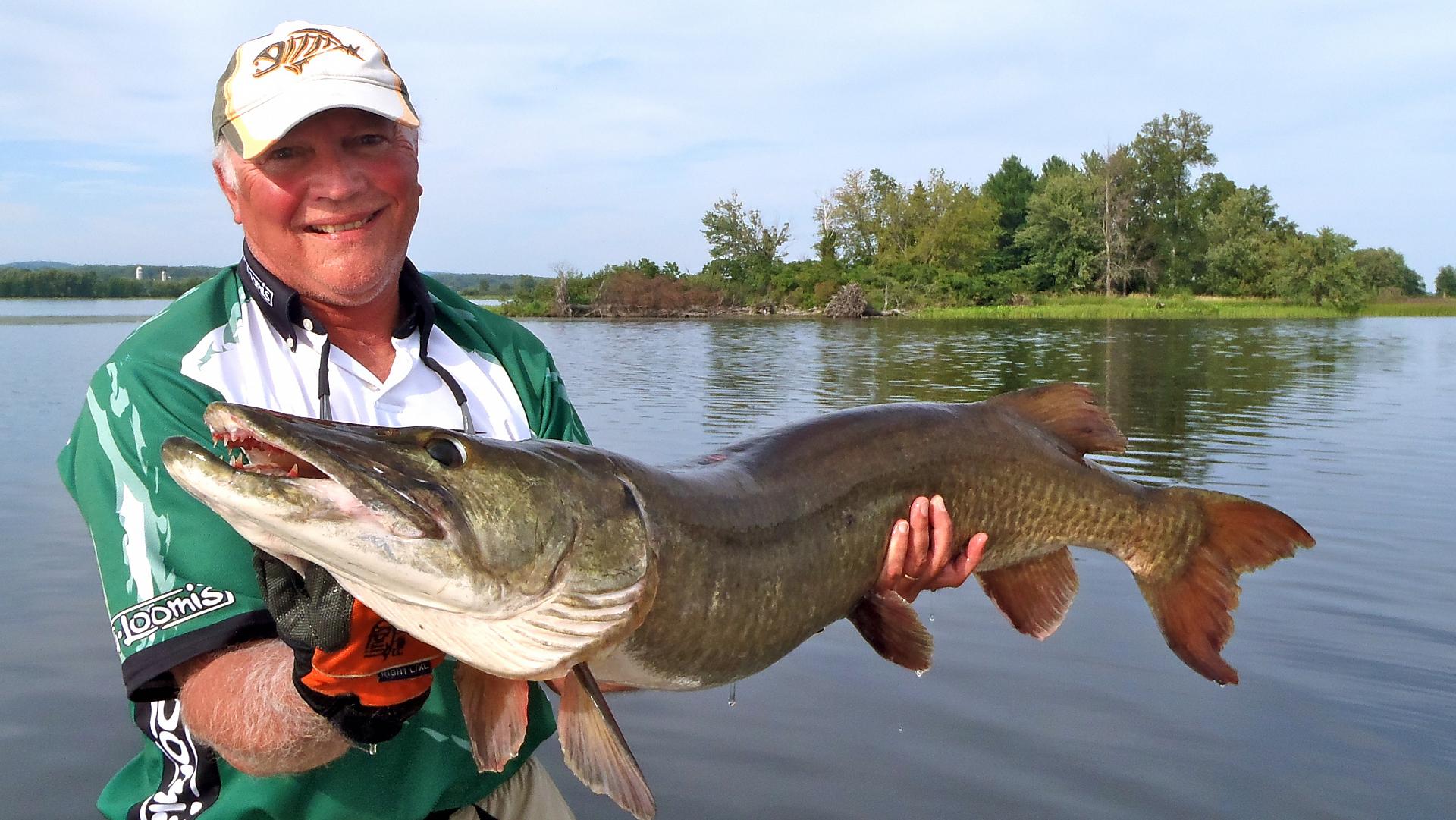Cracking the Code
5 secret new tactics for hard-to-catch summer lakers, largemouth, muskies, northerns, panfish and walleye
Advertisement
Summer Secret #4: Float ’n Fly for Panfish

Just as floats have revolutionized steelhead and trout fishing in rivers, they can transform black crappie, bluegill, pumpkinseed and yellow perch action on lakes and reservoirs, too. This is especially so when you team the bobber with a hair jig such as my favourite, the Spro Phat Fly.
Along with designing the Phat Fly, Bill Siemantel is also credited with perfecting the float ’n fly technique. To create the rig, tie a small three-way swivel to the end of the main line (use four-pound-test gel-spun). Next, tie a two-, three- or four-pound-test fluorocarbon leader to the swivel.
Advertisement
The length of the leader should match the depth you want the fly to suspend, but it should never be longer than the length of your rod so that you can land the fish. A seven-and-a-half-foot, medium-light or light-action spinning rod is as short as you want to go, with nine-, 10-, and even 12-foot trout rods giving you the most versatility.
Next, push down the spring-loaded plastic button on top of your pear-shaped bobber and attach the clip to the third ring on the three-way swivel. You’ll be surprised how much more responsive a float is when fixed this way, as compared with a slip float. Be sure to match the size of the float to your jig so they balance one another.
To complete the rig, tie the fly—which is really a craft hair jig—to the end of the leader. Ninety per cent of the time, I opt for a 1/16-ounce Phat Fly (below); I find that the Gray Ghost and Chartreuse Ghost colours match everything the panfish are eating.
Advertisement
If there’s a breeze, use it to your advantage. Position your boat so that, after you cast, your float bobs up and down as it drifts over key structure—underwater points, mid-lake reefs and rock piles—and along the face of deep weeds. If it it’s calm, on the other hand, position your boat so that after you cast, you can retrieve the float ’n fly ever so slowly, either steadily or with frequent pauses, over and around the same fishy features.
Advertisement
Another deadly presentation is to quickly turn the reel handle a half-dozen times, then pause. This causes the bobber to scoot across the surface, pulling the jig upwards. That’s the attracting phase. Then when you pause, the fly seductively swings back toward the bottom.


